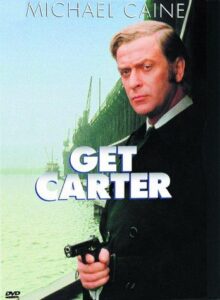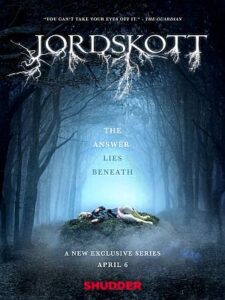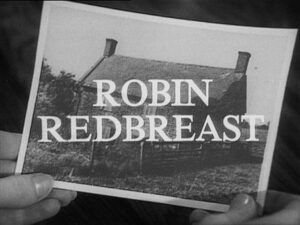.
With last month’s release of Robert Eggers’ stunning remake Nosferatu vampires and vampires media has been on my mind.
In Nosferatu Count Orlok is presented pretty much as the traditional folk tales describe an undead vampire, a walking corpse, decaying and revolting, that feeds upon the blood of the living. Orlok is much closer in appearance to the post Romero ‘zombie’ than to the urbane European nobleman displayed in my adaptations of Dracula.
With Dracula, both the original novel and the nearly endless adaptations, the vampire moved away from that walking corpse towards a more romantic figure. Anne Rice’s Interview with the Vampire proved instrumental in moving the image of the vampire into one that was more tragic and a figure to be pitied rather than feared. Over the decades the vampire continued to transform into tragic romantic heroes slowly becoming not monsters of the night but simply life-impaired individuals, comic-book characters with tremendous powers and a few unsavory quirks.
A trope that emerged from this transformation that has always rankled me is the habit of treating blood as merely another nutrient. A process that gave us the character Angel buying blood from Sunnydale’s local slaughterhouse to sustain his dietary requirements.
Even just typing that out annoys me to no end. The vampire feeding on the blood of living humans was not the same as someone has a nice bowl of soup. It was not about calories and essential elements it was about life. Blood, to the pre-scientific world, was that strange substance that meant life itself. Blood was always at the center of the most powerful magics. Turning it into just another meal product that can be ordered from your local distributor cheapens that entire symbolism of the myth and robs it of most of its horror.
I will admit that this is just part of a larger issue I have with ‘scientific’ and rational approaches to supernatural horrors. It seems logical to treat the vampire’s feeding on blood the same as out feeding on plants and animals, just as it ‘logical’ to treat werewolf transformations as bound by the conservation of mass laws. Both are violations of the magical, wonderous, and inexplicable nature of the supernatural. Vampires are the dead. They are not just different kinds of people and I am thankful that Eggers bucked the slick modern trend of making them cool and sexy returning the monster to is terrifying and revolting roots.




